Lack of medical supplies, especially ventilators can prove to be a major setback for combating the coronavirus disease. But with the help of specially-designed ventilators by engineers from all over the world, this shortage can be soon met.

Due to an increase in patients infected with COVID-19, hospitals are facing a severe shortage of medical ventilators. This is causing a lot of inconvenience to the medical staff for the timely treatment of patients. Thanks to engineers and technical developers, a lot of open-source ventilator projects have been initiated. While it is commendable that people have come forward to help in this hour of need, it should be kept in mind that such initiatives are not to be taken lightly and the respective projects must meet the prescribed medical safety guidelines, as any error can prove fatal to a patient’s health.
Here’s presenting a shortlist of open-source ventilator projects that have been created by professionals in consultation with medical experts.
MIT E-Vent
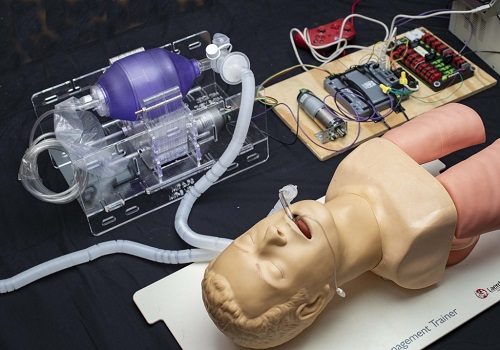
It is an emergency ventilator designed around a manual resuscitator (Ambu bag) built by students from MIT. It is based on a portable ventilator utilizing a manual resuscitator that was introduced in 2010 by a student team in the MIT. The E-Vent makes efficient use of the readily available Ambu bag by automating it with the help of low-cost parts.
Highlighting feature: Built with keeping in mind the critical medical guidelines for a patient’s safety.
VentilAid
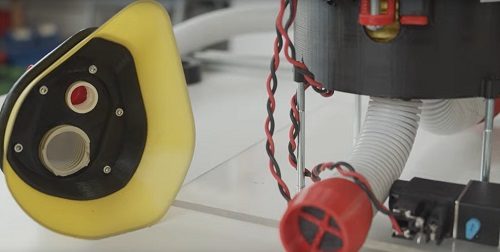
VentilAid is a portable ventilator built by the Poland-based 3D printing company, Urbicum. It consists of inexpensive 3D printed parts that ensures air filtration, humidification, breathing rate and pressure are maintained throughout.
Highlighting feature: Made with low-cost 3D printed parts, with a second version to include provision for low-power usage.
OpenLung

A work in progress by the Open Lung design and development team from Canada in collaboration with the Open Source Ventilator (OSV) Ireland, the project incorporates a bag valve mask (BVM) that makes the entire device simple to deploy and easy to produce. Further design details can be found on the OpenLung GitLab repository.
Highlighting feature: Simple and rapidly-producible.
Open Breath
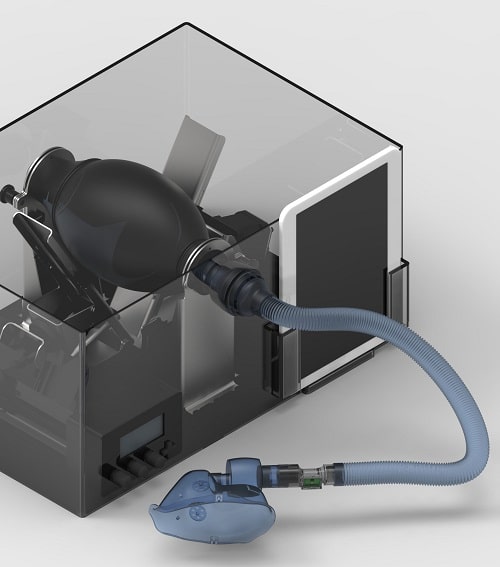
The project from Italy (the most severely affected country) aims at developing an open-source ventilator that is simple to construct and can be deployed immediately. Made from low-cost “off-the-shelf” parts, the device fulfils the necessary medical specifications, although full certification is yet to be attained (due to time constraints). The main constituent of the design is an Ambu bag, or bag valve mask (BVM). Additionally, the development team is working on creating a connectivity mechanism so that healthcare professionals can get real-time alerts and updates regarding various body parameters. Half of the project has been completed and more details about the device specifications will soon be released.
Highlighting feature: Sends real-time updates to healthcare professionals.
OxVent
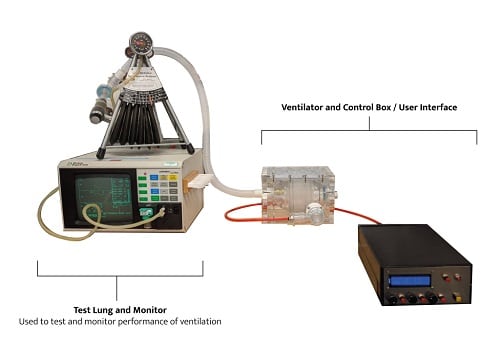
A team comprising of engineers and medics from the University of Oxford and King’s College, London, has devised a safe and low-cost ventilator. Upon a bag valve mask, controlled pressure is applied that compresses and decompresses the bag, thus maintaining a steady flow of air supply. Recently, the UK government has shortlisted the device for the next stage of testing so that it can be implemented on a wider scale.
Highlighting feature: Made with readily available off-the-shelf components.
ApolloBVM
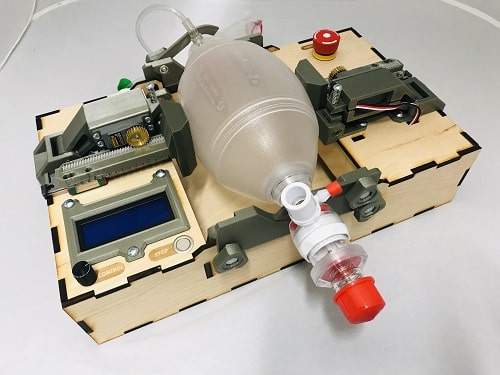
Designed by the engineering team from Rice University, the ApolloBVM is an automated bag valve mask (BVM) for a safe and continuous mechanical ventilation. Similar to other BVM-based ventilators, the system’s efficient mechanism maintains a regulated pressure. The user interface consists of an LCD screen that allows setting the operating parameters, such as respiratory rate, tidal volume and I:E ratio.
Highlighting feature: Provides consistent and accurate ventilation with positive-pressure.
Medtronic Puritan Bennett (PB) 560

Healthcare company Medtronic has made open the design specifications of its Puritan Bennett (PB) 560 ventilator. As it is a fully-fledged ventilator device that has been clinically tested and approved, it is safe to use. Portable and lightweight, the ventilator may be mounted on a wheelchair or in a motor vehicle to support patient mobility. By releasing the design guidelines, such as manufacturing fixtures, printed circuit board drawings, multiple bills of materials (BOMs) and 3D CAD files, the company aims to encourage medical device manufacturers, innovators and other qualified individuals to make use of the available data for the greater good.
Highlighting feature: Reliable and widely used ventilator.
See here for part-2.













